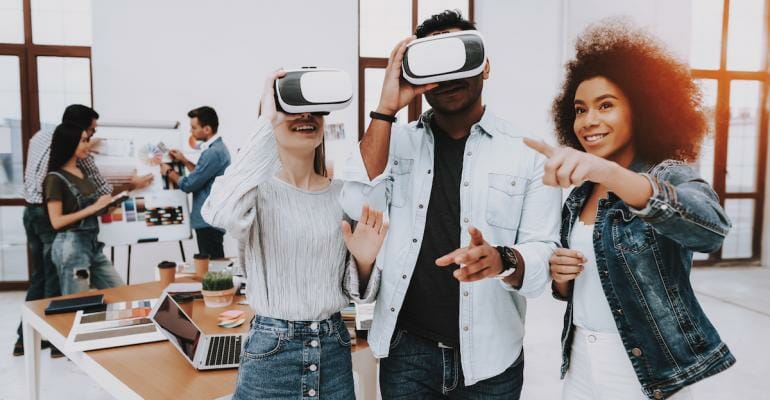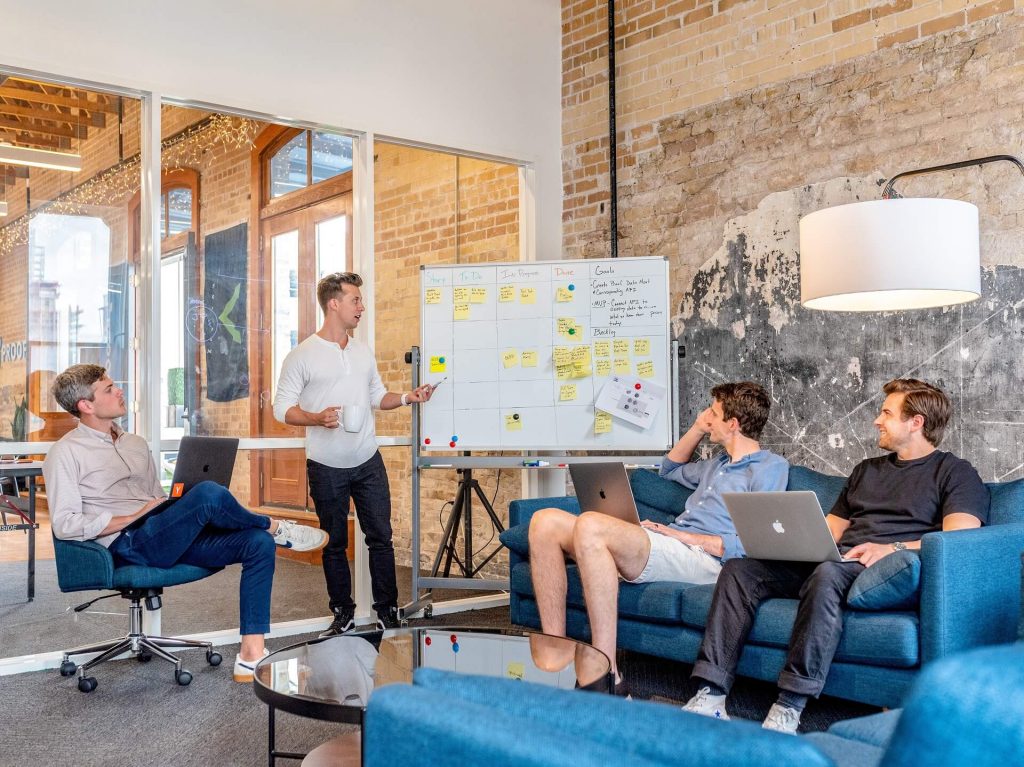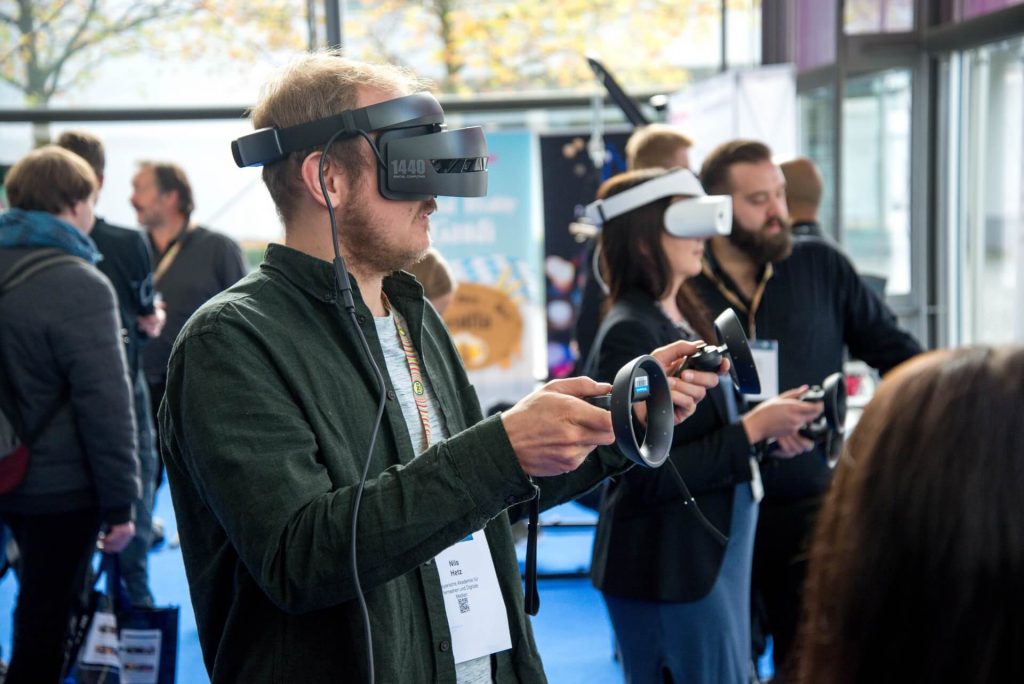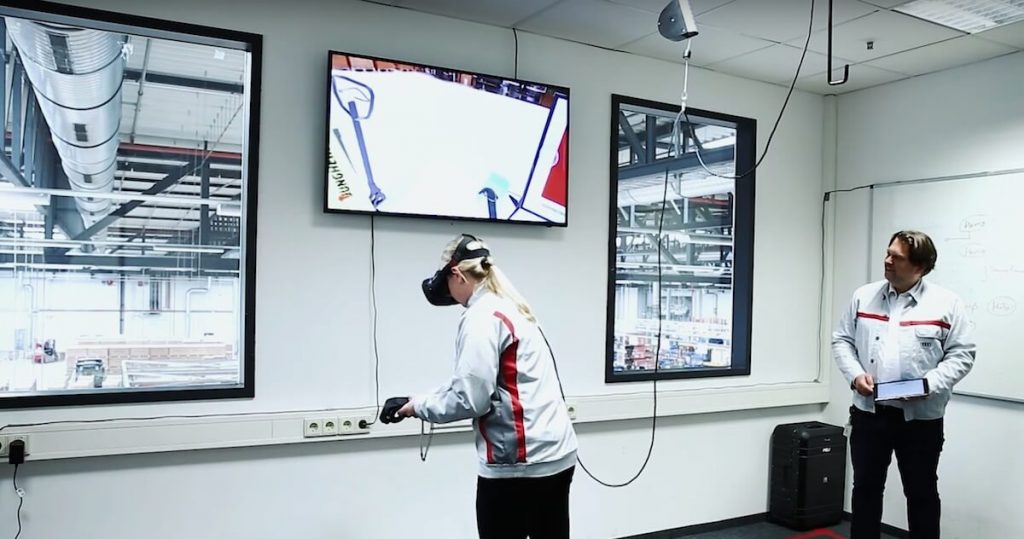In today’s world, people are generally exposed to too much information and are therefore easily bored and have trouble staying focused. This presents a major problem in most cases, where education is involved – may it be school, college, or even corporate employee education. By introducing VR to corporate learning experiences, employees are more willing to listen and learn and companies can achieve much better results in educating their workforce. Here are a few examples of why VR-based employee training works.
It’s something new in the work training environment
When it comes to learning new skills, a lot of people are fed up with reading scripts or even watching videos. VR technology enables them to experience a very realistic environment while using new technology at the same time. Both of those lead to employees’ greater motivation to use the learning system provided for them.
Fun and worry-less employee training
When hearing the word “education”, a lot of the times employees have a feeling of resentment. Usually, they find teaching and training sessions boring, taking up a lot of the time they lack already. In many cases, they are also not willing to actively participate in work training, because they are afraid of what might happen if they try and fail, say something stupid, or just make a fool of themselves for any reason in front of their co-workers. VR technology brings fun and excitement to the learning process. An employee puts on goggles and enters their own reality, a world, where they can try, fail, and learn as many times as they want, without anyone entering their safe zone. It gives them a pleasant experience – it is after all as if they were a part of a video game.
VR improves the learning curve
In most cases, repetition and visualization are the keys for a person to successfully remember something. In everyday life, it is hard to create an environment, where employees can try to complete certain tasks time and time again while being exposed to the environment, where those tasks are usually performed. VR enables them a very high repetition rate, while at the same time being exposed to a virtual environment, which gives them a more real-life feeling of what they are actually doing.
Employee performance through VR work training
Employees using VR as a tool for expanding their knowledge usually start to learn quicker. They often get more confident, because they have a better understanding of what they are doing. This also leads to an increased desire for engagements in various projects.
Integration of new employees
With VR newcomers can be brought up to speed with whatever is expected of them in a very short time. At the same time, they gain a high understanding of how the company processes work. A fresh hire will more likely stay in the company longer if they have received proper quality preparation for the job they are expected to do. And the sooner they are integrated into the company, the sooner they can begin truly contributing their part.

Reducing the costs of work training
Using VR technology as a tool for education generates a more efficient workforce. This by itself already leads to a more successful company. And aside from that, there are also a lot of cost savings involved, when using VR as opposed to some other type of educating mechanism.
- In many industries, the equipment used to train people can be extremely expensive and fragile at the same time. Using VR goggles removes all worries about any damage to pricey equipment
- You can educate a lot of employees at the same time, or one after another, without drastically increasing education costs
- With VR, you can educate people remotely. They don’t need to sit in the same room in order to be a part of the work training. This can reduce a lot of time planning, costs of traveling, booking conference rooms, and so on.
Detailed insights through analytics
Most corporate employee work training programs only give information on whether or not an employee has completed the assignment or watched the video. VR employee work training, on the other hand, can offer a broad specter of information, which can be very valuable for employers. They can track:
- How long it took someone to finish the task
- What actions did someone take during his simulation
- Was a task completed in accordance with desired standards
- What exactly was someone doing and where was someone moving while completing a task
All-in-one learning styles for work training
There are three types of learners – visual, auditory, and kinesthetic. VR employee work training is so effective because it successfully and naturally blends these three types of learning styles together. Merging visual elements with sound and movement is the best method for retaining new information. Besides that, trainees are then able to recall it when it needs to be used in real life. With all the benefits, it is easy to see what makes VR employee work training strategies a perfect tool for corporate learning. It’s relatively cheap, it’s fun, it’s new and it actually makes the employees want to gain new knowledge.





